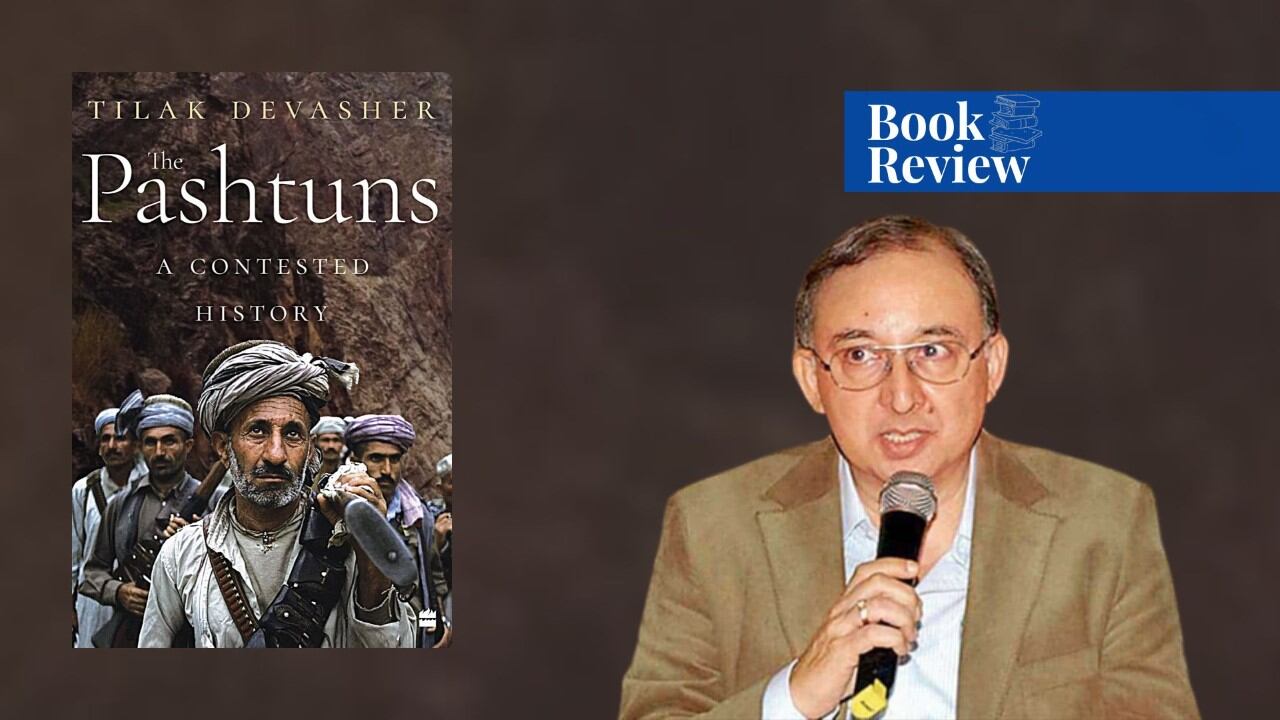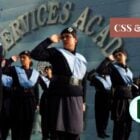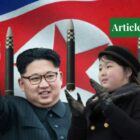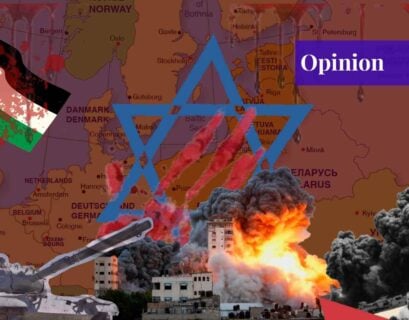Ms Sidra Ahad is a History graduate from Quaid e Azam University.
Tilak Devasher, a retired civil servant in India, has had a notable interest in India’s neighbors. In fact, he’s written four books so far about Pakistan. His latest book, The Pashtuns: A Contested History, is about the Pashtuns of the North-West region residing in Khyber Pakhtunkhwa and their historical and cultural link with their neighbors the Afghans of Afghanistan. It discusses in detail the history, contemporary circumstances, and future aspirations of the ethnic group spread over two countries.
Pashtuns have a rich history and an assorted culture, and the very special location that they reside in, i.e., the northwest of the sub-continent is traditionally considered the gateway to India as most of the foreign invaders came through this way. It is in this context that a lot has been said and written about these indigenous people but nothing corresponds with their true identity.
Most of the work has been compiled by outsiders, who consciously or unconsciously try to make sense of a system that cannot be understood by any outsider. This book by Tilak Devasher is yet another book about the Pashtuns by an outsider. It is a comprehensive account of the Pashtun history, culture, language, and lifestyle aspirations and inclinations.
The Pashtuns: A Contested History starts with an introduction to the land, origin, language, and characteristics of the tribal region. As with any other culture, Pashtuns trace back their origin to time immemorial, and several of those traditions are mentioned in the book. A very detailed account of the Arab origin of the Pashtuns is provided tracing their origin to Qays bin Abdul Rashid and the different tribes originating from the different sons of Qays. While giving an introduction of the origin, it gives an account of different invaders like Alexander the Great, Chandragupta, Ghazni, and Abdali and the imprints they left in the region.
The book then moves on to the British and their interactions with the locals and how the British were unable to subdue them militarily and resorted to vague treaties and paying annuities to the rulers and tribal leaders. Accounts of the events from British records are used extensively. A very detailed description of the two Anglo-Afghan wars (1839-4 and 1878-81) is given with the results and how the British took revenge by inflicting a reign of terror on the people.
The book’s third section features the dramatic relationship between Pashtuns and Pakistan. It goes back to the freedom struggle and popularity of local leaders like Khan Ghaffar Khan and his influence over the people. Khan Ghaffar Khan was the leader of the people and led the only socio-political reformation in the Pashtuns of his time. He greatly influenced the people and is still regarded as one of the most influential Pashtuns of all time.
The book provides a detailed account of the relationship between the state and the North West Frontier Province inhabited by the Pashtuns over the last seventy years and the grievances they had against the state regarding representation and acknowledgment of their identity. The role and impact of Pashtun nationalist parties like Awami National Party and Jamiat Ulema-e-Islam are briefly discussed.
The Pashtuns of Afghanistan and the historical significance of the pre-soviet era monarchy are discussed separately. It traces the history of monarchy from Habibullah Khan at the beginning of the twentieth history and the empire under his rule, mentioning the social construct like the introduction of co-education, promotion of Western fashion, and women empowerment.
It also mentions the establishment of Western schools like German, French, and English schools that were run according to their own customs, and their students were encouraged to go abroad for higher studies. These measurements were resisted by the conservative elements of the society and a Loya Jirga was called that declared women’s emancipation and modern education contradictory to the teachings of Islam and hence illegal.
The second half of the book discusses in great detail the Pashtun and terrorism equation. When the Soviets invaded Afghanistan, the US, Pakistan, Saudi Arabia, Iran, and China supported the Mujahideen resistance both logistically and financially and enabled them to resist the Soviets successfully and making it another casualty in the “Graveyard of Empires”.
The Pashtuns: A Contested History discusses the rise of Mujahideen, their struggle against the Soviets, the role of foreign powers, and their later disintegration due to internal conflicts. From the Mujahideen, the book progresses to the rise of the Taliban, and how their rise to power in the wake of Mujahideen enabled anarchy in the country. Like a lot of other publications on the topic, this book is also unable to trace the exact origin of the warring group and how they got the funds and mass mobilizations, but it does try to shed light on their initial advances and a detailed introduction of the leadership.
A special emphasis is made on Pakistan’s role in the rise and growth of the Taliban as far as mentioning anecdotes of Pakistani personnel physically training the Taliban and fighting the Mujahideen on their behalf. From this point onward, the book pretty much goes into a detailed analysis of Pakistan’s role in the Taliban insurgency the first time, its provision of safe havens during the American invasion of Afghanistan, and its support in its second insurgency.
It often feels like the book loses its objectivity in trying to make Pakistan the sole and most defining actor of the Taliban series. Too much emphasis is led on ISI’s part in the Taliban’s journey on and off Kabul. The Pashtuns: A Contested History had the potential of being a great account of the lifestyle and culture of one of the most up-and-coming ethnic groups of South Asia, but in its last half, it turns into a subjective account of stereotyping the Pashtuns and Pakistanis for a conundrum that has way too many characters to be simplified the way the book tried to do so.
If you want to submit your articles, research papers, and book reviews, please check the Submissions page.
The views and opinions expressed in this article/paper are the author’s own and do not necessarily reflect the editorial position of Paradigm Shift.


















